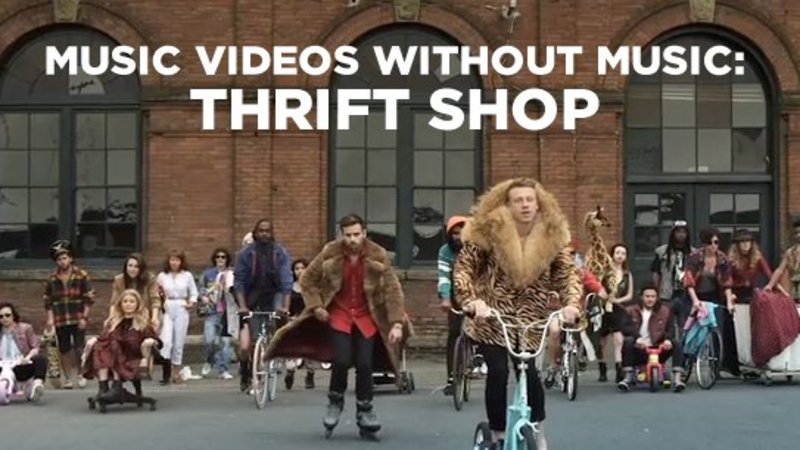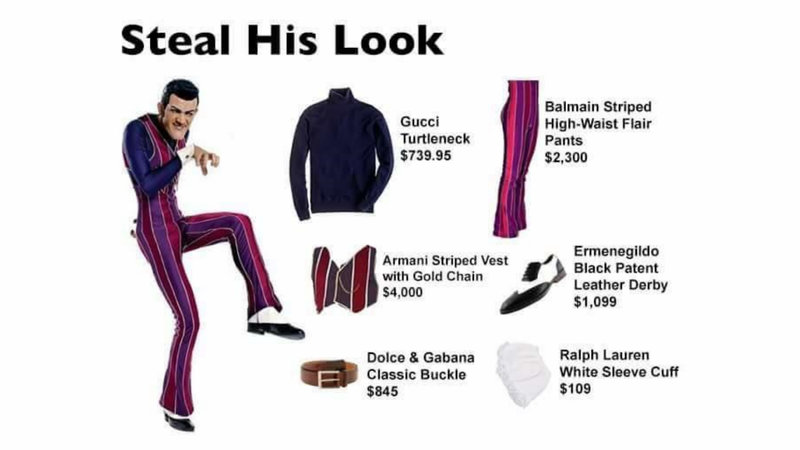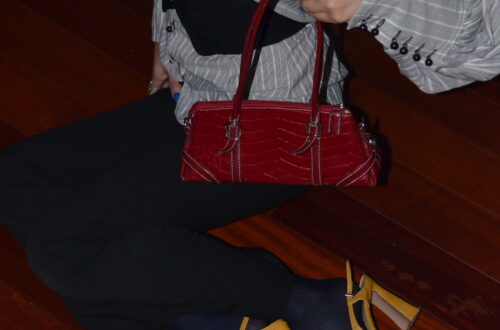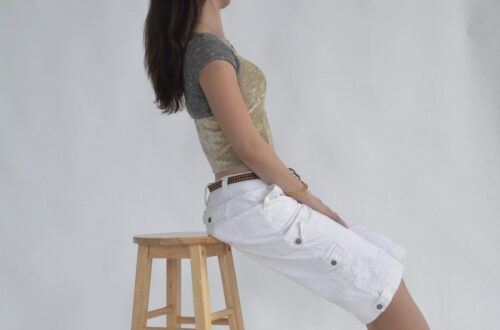Fashionable Memes



I viewed the database: https://knowyourmeme.com/ to find these three memes that are relevant to sustainable clothing, engaging with the subject in distinct but complementary ways.
The “Duster Coat” meme touches on the perception versus reality of fashion, something that can be aligned with sustainable clothing. Sustainable fashion often grapples with the challenge of changing perceptions. For instance, what people think sustainable clothing looks like versus its actual stylish potential.
The “Steal His Look” meme highlights the high cost of designer fashion by including the expensive prices to a cartoonish outfit. This relates to sustainable clothing by highlighting the often excessive consumerism of the fashion industry with the more ethical and economically sensible choice of fashion. It can serve as a critique of consumer culture, promoting the ideal that value in clothing comes not from price tags but from mindful, sustainable choices.
The “Music Videos Without Music: Thrift Shop” meme relates directly to the act of buying second-hand, a behavior integral to sustainable clothing. Thrift shopping is a direct correlation of sustainability in fashion, advocating for reusing and recycling garments instead of purchasing new, often overpriced items.
In Davison’s framework, the ‘ideals’ of these memes would be the overarching concepts or critiques they represent about fashion and consumer culture. For the “Duster Coat,” the ideal is the challenge of perception in fashion. For “Steal His Look,” it’s the critique of high-priced designer wear. And for “Thrift Shop,” it’s the endorsement of thrifting as a valuable behavior within sustainable clothing practices.
The “behaviors” of these memes would include the act of sharing them online, where they often originate on platforms that celebrate humor and critique consumerism, such as social media sites and forums. These behaviors contribute to the spread and influence of the meme, as they are transmitted rapidly across the internet, often without attribution, enabling their viral nature .
The “manifestations” are the images and text that come together to form the meme. They are different from other manifestations in their specific delivery of a message or joke. The “Duster Coat” meme manifests through a comparative visual joke, “Steal His Look” through a mock fashion breakdown, and “Thrift Shop” through a music video image.
For a target audience interested in sustainable clothing, these specific manifestations can appeal to their awareness of the fashion industry’s problems and their interest in alternative, more ethical choices. They harness humor to critique the status quo and endorse behaviors that align with sustainable fashion values. These memes engage the audience not just on an intellectual level but also through shared cultural practices, tapping into the collective consciousness around sustainability and consumerism.





